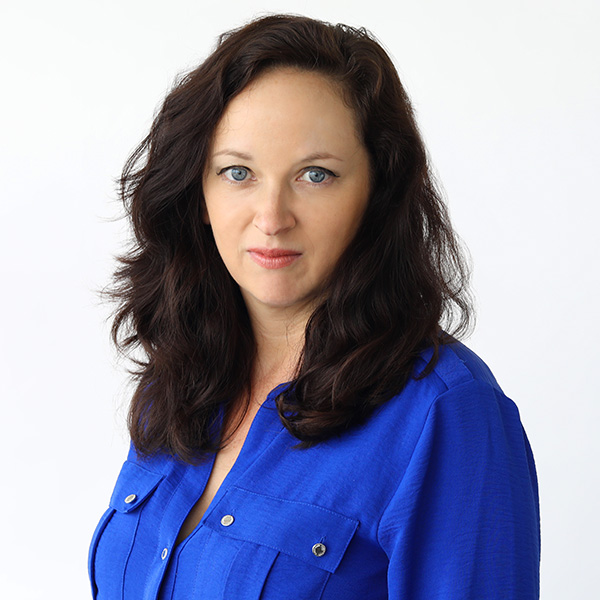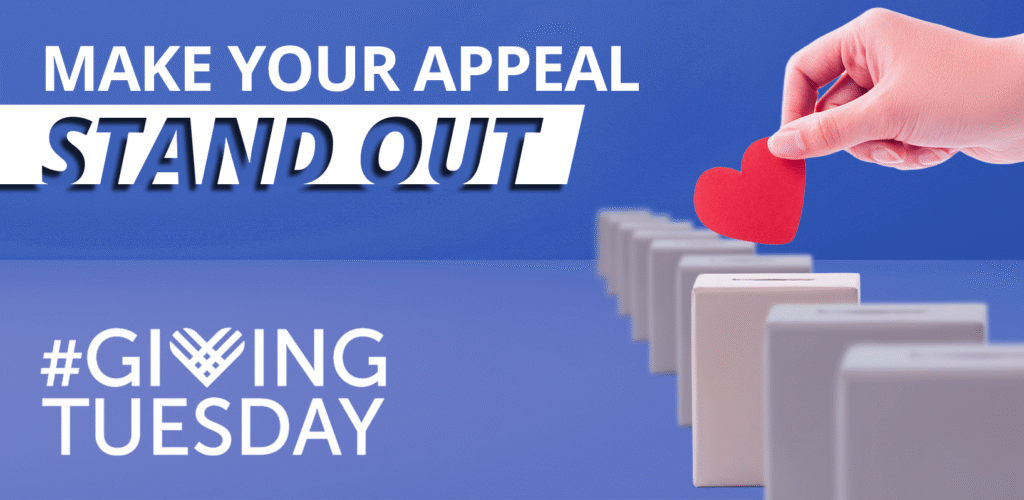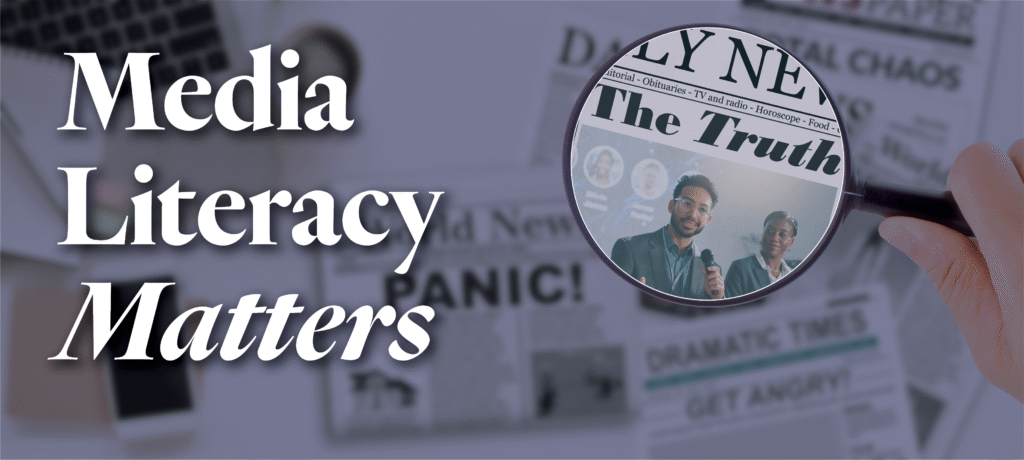Former Philadelphia Inquirer reporter Allison Steele on how her journalism career prepared her for a role at Ceisler Media.

When I joined Ceisler Media after 20 years as a newspaper journalist, I was expecting a culture shock and a steep learning curve. I spent my adult life working in newsrooms as a reporter and writer. I believed I would do well in communications, but I also thought I’d have to learn how to work in an entirely new way.
It turns out that the same skills that helped me write news stories have given me a toolbox for helping clients amplify and communicate their own stories as clearly as possible.
Considering Multiple Viewpoints
As a reporter, I learned how to manage personalities, find the best ways to communicate with different kinds of people; cut through dense material to find the most interesting and relevant sections; and use language to convey tone, emotion and content.
Faced with a client’s nuanced situation, I can think about the questions that reporters or critics might have, and help figure out how to answer them in the clearest way. Having been on the receiving end of countless press releases and statements, I can help clients avoid industry jargon, and advise against unclear phrases that might be misinterpreted.
Measuring Success
Thinking through earned media strategies for clients is not unlike the feeling reporters get for story ideas.
Some clients — like small nonprofits, or advocates who are doing meaningful work below the radar — might not know the best ways to get media interested in telling their stories, and they might not think about how to illustrate a story with photos or TV footage (or how crucial visuals are to a successful pitch). I can look at the client’s full range of work, pull threads that I think are most likely to spark interest, and help package those into a pitch that makes it as easy as possible for a reporter to say yes.
Every yes means a few more people learn about the good work that our clients are doing, and that can lead to more public support, funding, or even legislative changes.

Finding Parallels
I was excited for a new phase in my career, but I was also bracing for a jarring transition from journalism to public relations. It’s been a relief to find that sometimes, it doesn’t feel so different from what I used to do. Journalism prepared me for this job in more ways than I thought it would, and many of the skills I honed over the years have translated more smoothly to communications and advocacy work than I expected.
Editing a press release for clarity isn’t unlike line-editing a news story. Writing an op-ed calls for a different style than a news story, but the purpose is similar: Tell a story in the most powerful way possible, get people to see themselves in it, and be specific. When researching a topic to write talking points or prepare a presentation, the questions I ask myself are no different from those I asked as a reporter.
My goal is often the same as it always was: To get more people to see why something matters, and make them care about it.

Allison Steele is a senior account executive at Ceisler Media’s Philadelphia office.



